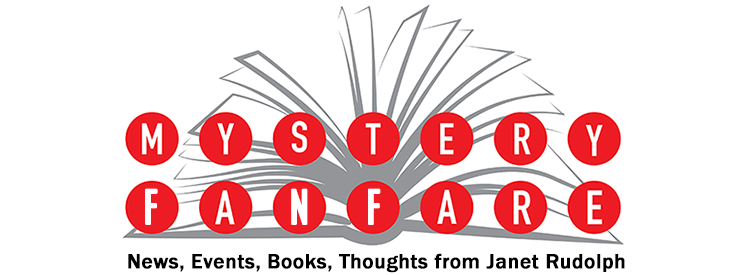Witsec: Inside the Federal Witness Protection Program is a rare insider's account of the Witness Protection Program, and the book begins with this story of Gerald Shur’s unsuccessful attempt to charge Sonny Franzese with extortion.
Gerald Shur was struggling to convince his witness to testify. The year was 1961, and Shur, an attorney focused on organized crime at the Department of Justice, was talking to the owner of a New York trucking company who claimed that Johnny “Sonny” Franzese demanded half the profits of his business. Franzese’s men had vandalized his trucks and beaten him unconscious with baseball bats until he complied, and now the owner hoped that Shur could offer him a way out. But when Shur suggested testifying against Franzese, the witness responded, “Testify?”
He
had good reason to be incredulous. For Franzese, a member of one of the
“Five Families” of the New York mafia, extorting a small business owner
represented low-level crime. An associate wearing a wire would later record
Franzese discussing the best way to commit murder: he would cover his
fingertips with nail polish, wear a hairnet, and dismember the body so
that he could run it through the garbage disposal.
Shur suggested
that the owner “did not really have a choice.” Only by testifying could
he protect his business. But the owner did have a choice, and not
crossing a high-ranking mafia member seemed the wiser course.
While
frustrated, Shur could understand the decision. His own father, a
worker in the garment industry and a trade group leader, had learned to
accept the mob’s presence; several gangsters attended Shur’s bar
mitzvah. Shur’s office also contained gruesome photos of some of the 25
government informants killed over the past five years.
As Shur and his colleagues drove away after failing to gain the business owner’s cooperation, Shur said, “There’s got to be a way to get witnesses to testify against the mob.” Another agent replied, “Would you?”


No comments:
Post a Comment